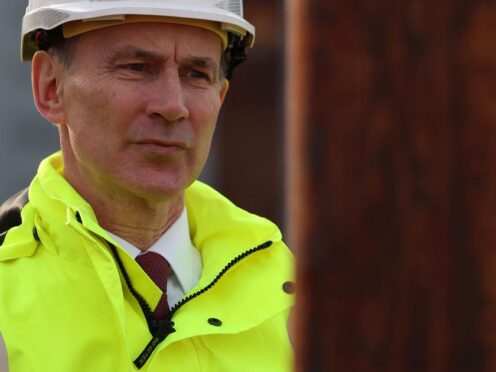
Speculation continues to mount as the Chancellor prepares to deliver what is likely to be the last Budget before the general election.
Most of that speculation has so far focused on tax cuts, although both Jeremy Hunt and Rishi Sunak have been less keen to talk up the prospect of further tax reductions after official forecasts were reported to have reduced the amount of “headroom” available to meet their fiscal rules.
The main question has been whether Mr Hunt will cut income tax or repeat the national insurance cut he introduced in last year’s autumn statement, with either offering a pre-election giveaway to voters.
The reported worsening of fiscal forecasts, however, suggests any reduction would not be on the same scale as the autumn’s 2p national insurance cut.
The Chancellor has also been clear that he will not pay for tax cuts with borrowing, meaning a combination of spending cuts and tax rises elsewhere will be necessary for him to keep to his own fiscal rules on debt.
One possible source of revenue that has been suggested would be scrapping the “non-dom” tax status that allows foreign nationals who live in the UK, but are officially domiciled overseas, to avoid paying UK tax on their overseas income or capital gains.
The policy is a key plank of Labour’s plans and has previously been resisted by the Government, but the opposition has said it could raise as much as £2 billion.
Other rumoured tax rises include a new levy on vapes and removing tax breaks for second-home owners who rent out their properties to tourists.
Mr Hunt, meanwhile, faces pressure from Conservatives to cut other taxes, including stamp duty on properties and VAT on purchases by tourists.
There has also been speculation that Mr Hunt could cut post-election spending plans even further in order to free up money for pre-election tax cuts.
Overall departmental spending is currently pencilled in to rise by 1% per year in real terms after 2025, and the Chancellor could reduce this to 0.7%.
But experts have already cast doubt on the whether the existing plans are realistic, as they would involve significant cuts to unprotected services such as the courts, police and local authorities.
Few measures have been confirmed so far, with most formal announcements being saved for Wednesday, but the Chancellor has already set out some spending commitments.
On Monday, he announced a £360 million investment in advanced manufacturing projects across the life sciences, automotive and aerospace sectors.
The Treasury has also announced a package of £800 million intended to boost productivity in the public sector, including introducing artificial intelligence into parts of the justice system, digitising more services and expanding child social care places.
The investment is expected to return £1.8 billion to the Treasury by 2029.
Mr Hunt has also announced changes to pension regulations, including a requirement for funds to declare how much they invest in UK companies, in order to “focus minds” and boost investment in British businesses.

Enjoy the convenience of having The Sunday Post delivered as a digital ePaper straight to your smartphone, tablet or computer.
Subscribe for only £5.49 a month and enjoy all the benefits of the printed paper as a digital replica.
Subscribe